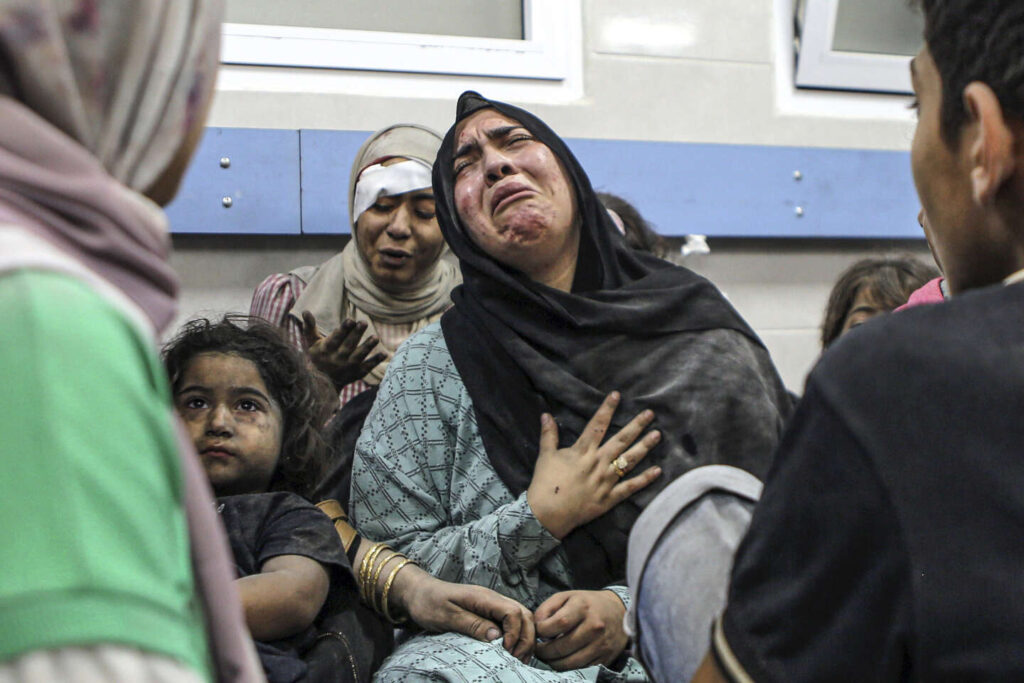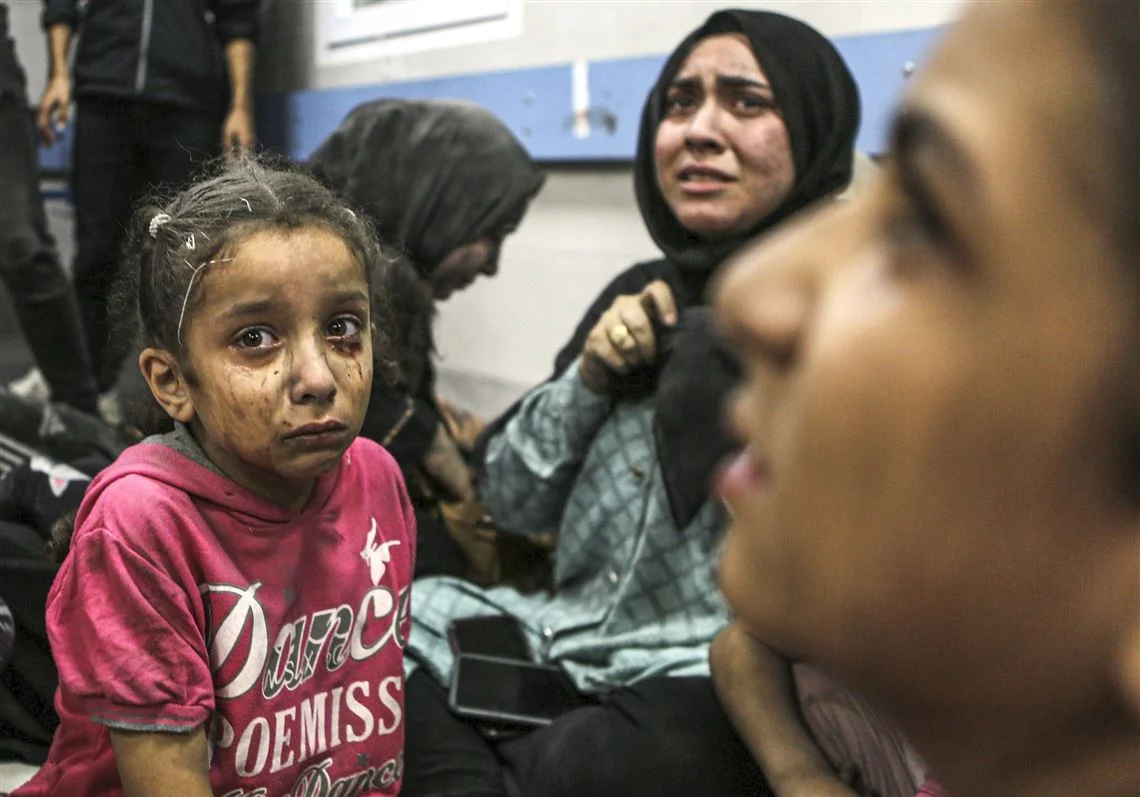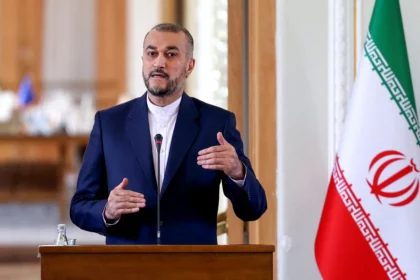The conflict in Gaza has reached a critical juncture as the United States rejects calls for an immediate ceasefire, citing concerns that it may provide an opportunity for Hamas to regroup and continue launching terrorist attacks on Israel. These developments have left the international community deeply concerned about the escalating violence and its impact on the civilian population.
US Stance on Ceasefire
The United States has taken a firm stance against an immediate ceasefire in the Gaza conflict. State Department spokesman Matthew Miller emphasized the security challenges faced by Israel due to ongoing attacks from Hamas. The US government is wary that a ceasefire might offer Hamas an opportunity to regroup, posing a continued threat to Israel.
European Union’s Humanitarian Pause

In contrast, the European Union (EU) is considering a humanitarian pause in the conflict to facilitate the delivery of aid to affected areas. EU foreign policy chief Josep Borrell has expressed hope that EU leaders will support this humanitarian initiative to provide relief for displaced individuals and allow essential humanitarian assistance to reach those in need.
US Concerns Over Rocket and Drone Attacks
The White House is closely monitoring an increase in rocket and drone attacks on US military bases in Iraq and Syria by Iranian-backed proxy groups. White House spokesman John Kirby revealed that President Biden has directed the Department of Defense to prepare for future strikes and respond as necessary. This surge in attacks has raised significant concerns about the potential for further escalation in the region.
US Military Deployment
In response to the heightened threat, President Biden has deployed additional naval assets to the Middle East in the past two weeks. This includes two aircraft carriers, other warships, and approximately 2,000 Marines. The increase in attacks on US forces has been notable since the outbreak of the conflict in Israel, initiated by an assault on southern Israel by Hamas.
Ongoing Gaza Conflict
The Gaza conflict continues to intensify, with Israeli forces conducting airstrikes and engaging in ground skirmishes with Hamas. Over 436 people have been killed in Israeli aerial attacks, with most casualties occurring in the densely populated southern region of Gaza. The conflict has also extended beyond Gaza, with Israeli aircraft conducting strikes in southern Lebanon. Additionally, Israeli troops have clashed with Palestinians in the occupied West Bank.
Humanitarian Crisis
The United Nations has expressed deep concern about the humanitarian situation, as civilians in Gaza are running out of food, water, and shelter. Aid reaching Gaza falls far short of the amount needed to address the crisis. The death toll on the Palestinian side continues to rise, with over 5,087 Palestinians killed in two weeks of Israeli airstrikes, including 2,055 children, according to Gaza’s health ministry.
Complex Military Dynamics
The military dynamics of the conflict are complex, with both Israel and Hamas reporting clashes in Gaza. Israel has indicated that its ground forces conducted limited raids to combat Palestinian gunmen, while airstrikes focused on sites where Hamas was believed to be preparing for potential attacks. Hamas, in turn, has a powerful arsenal with Iranian support, including a vast tunnel network known as the “Gaza Metro.”
Uncertain Future
The situation remains fluid, and there is growing fear that the Israel-Hamas war could lead to a wider regional conflict, especially given Hezbollah’s involvement along Israel’s northern border with Lebanon.
The international community, including the United States, continues to express concerns about the escalating violence, with calls for an immediate ceasefire and humanitarian assistance for those affected by the conflict. As the situation unfolds, the world watches closely, hoping for a resolution to this devastating crisis.




